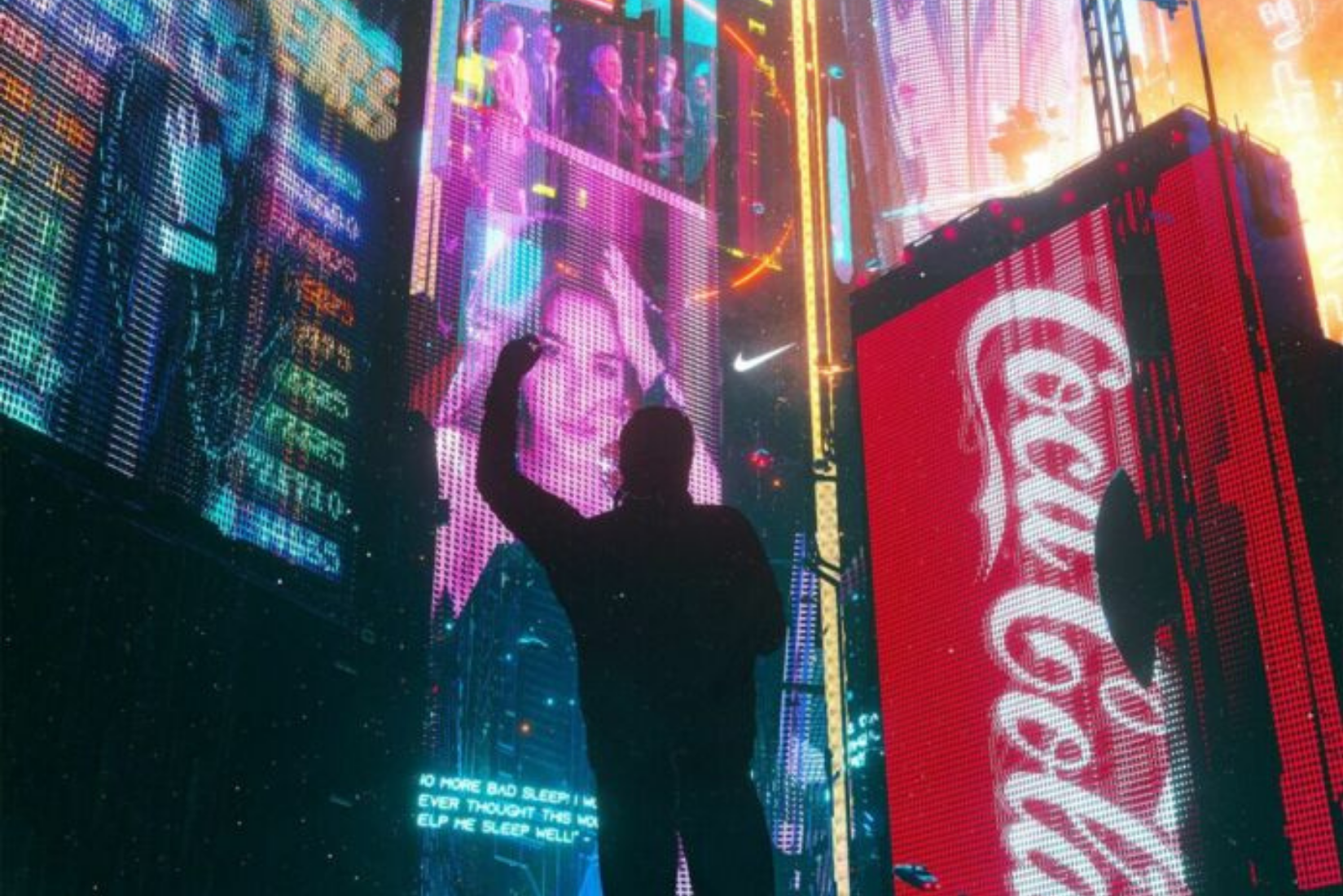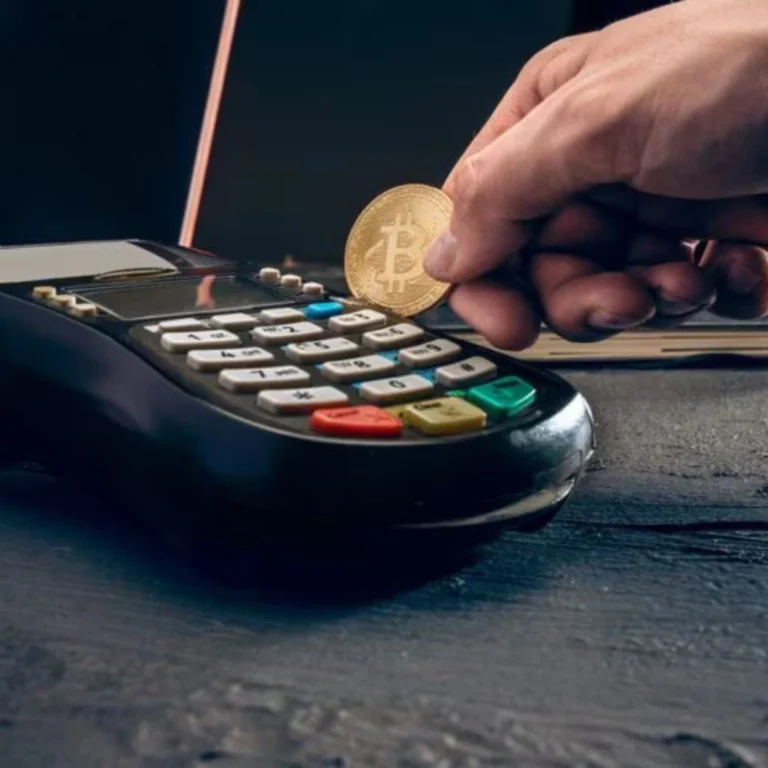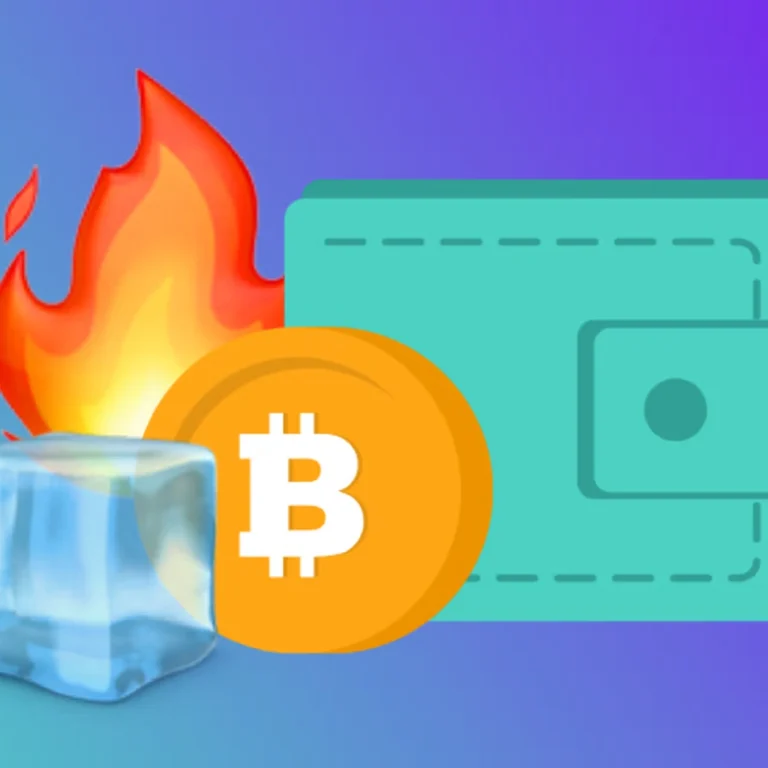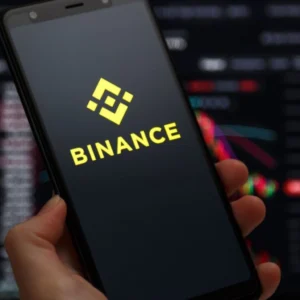Web3 explained Indonesia: Web3 is more than just a buzzword—it’s the next phase of the internet that promises greater control, transparency, and opportunity for its users. At its core, Web3 refers to a decentralized version of the internet built using blockchain technology. Unlike the current version of the internet (Web2), where large tech companies manage most platforms and data, Web3 gives the power back to users. In the context of Indonesia, where digital access is growing rapidly, Web3 can open new paths for earning, investing, and creating securely online—without relying on intermediaries or centralized services.
A Quick History of the Web: From Static Pages to Smart Contracts
To fully appreciate Web3, we need to understand how the web has evolved. Web1 was the earliest form, offering only static content with no interaction—just basic reading and browsing. It was a one-way street. Then came Web2, which enabled users to create content, connect on social media, and use personalized platforms. However, these services came with a catch: tech companies collect and own user data. Web3 aims to change that. With blockchain as its backbone, it supports peer-to-peer systems and allows users to own their data, assets, and online identities without handing everything to corporations.
What Makes Web3 Work: The Key Technologies Explained
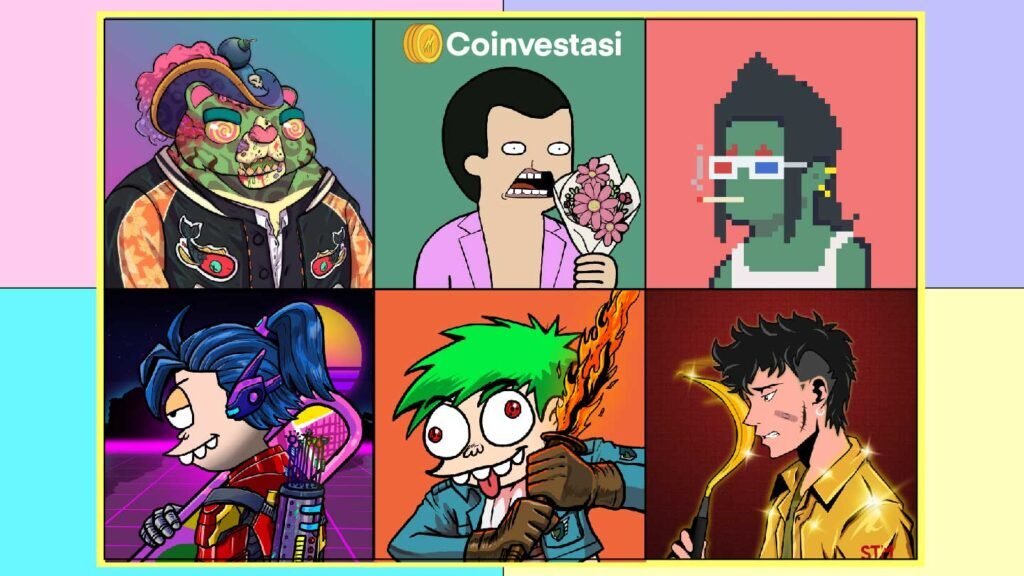
Source: Coinvestasi
When exploring Web3 explained Indonesia, several technologies stand out. First is the blockchain, a distributed ledger where all data and transactions are stored securely across a network of nodes. This transparency and immutability build trust between parties without the need for a central authority. Smart contracts are another core feature—these are programs that run automatically on the blockchain when certain conditions are met. Then we have crypto wallets like MetaMask and Trust Wallet. These tools allow users to hold cryptocurrencies, sign transactions, and access decentralized platforms (DApps). NFTs, or non-fungible tokens, add another layer—allowing Indonesians to own digital art, music, documents, and more in a unique and verifiable way.
Everyday Web3 in Indonesia: Real Applications Already Making Impact

Source: ACVENTURES
Web3 is not just theory—it’s already being used across Indonesia in meaningful ways. Decentralized finance, or DeFi, lets users lend, save, and earn interest through crypto without relying on banks. Artists are creating and selling NFTs on global marketplaces, gaining recognition beyond Indonesia’s borders. Play-to-earn blockchain games are especially popular among youth, offering income through gameplay. Some startups are even exploring tokenized investments, like digital gold or property rights, giving Indonesians new tools to build wealth digitally. These real-life examples show that Web3 is becoming a functional part of the local digital economy.
The Hurdles to Overcome: Challenges of Using Web3
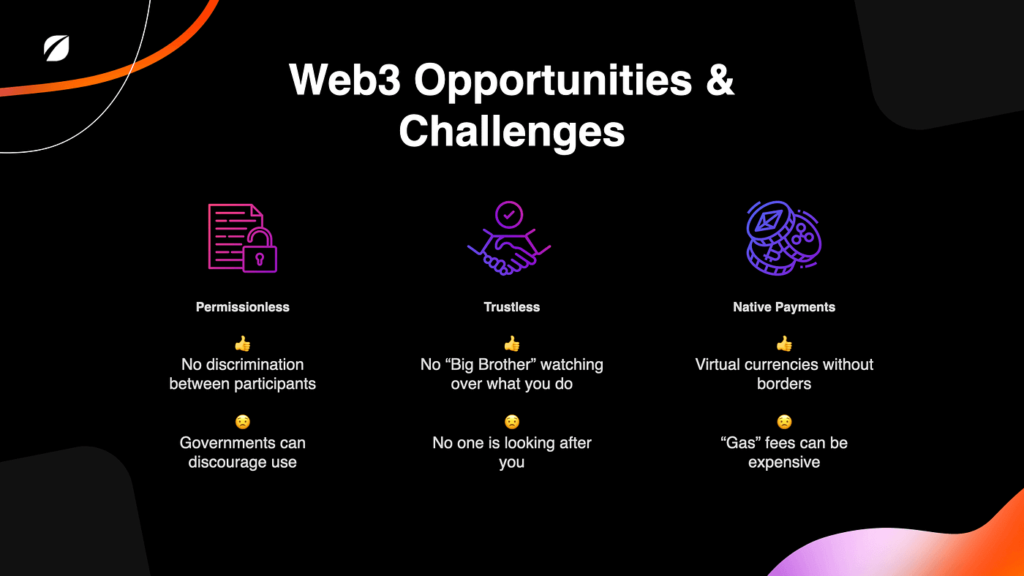
Source: Medium
Despite its advantages, Web3 adoption in Indonesia faces several hurdles. For many users, understanding how to set up wallets, protect seed phrases, and manage gas fees is still confusing. The technology, while powerful, is not yet user-friendly for the average person. There’s also the matter of scalability—popular blockchain networks can become congested, slowing down transactions and increasing costs. From a regulatory standpoint, Indonesia is still developing its legal frameworks around crypto and Web3, creating uncertainty for businesses and individuals alike. Education, infrastructure, and clear regulations are essential to helping Web3 flourish.
Why Indonesia Has Great Potential in the Web3 Movement

Source: Tech in Asia
Indonesia’s growing digital economy, large youth population, and strong smartphone penetration make it an ideal environment for Web3 development. There’s rising interest in fintech, e-commerce, and blockchain startups, and the government has shown openness to exploring digital innovation. With the right education, investment, and policies, Web3 can support everything from inclusive finance to digital creator economies. It can also help bridge the gap for unbanked populations, giving more Indonesians access to tools for building financial independence.
Conclusion: Embracing Web3 One Step at a Time
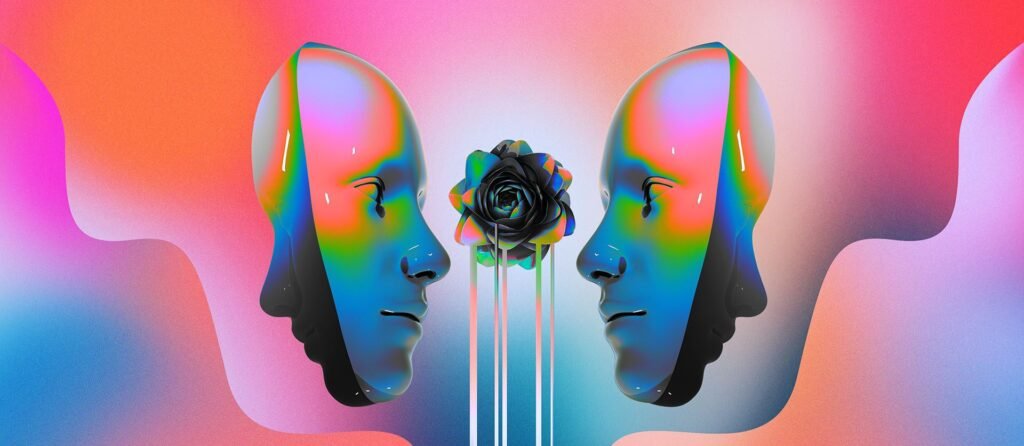
Source: HBR
Web3 explained Indonesia is not just about learning a new trend—it’s about understanding a transformation in how we interact with the digital world. From ownership to privacy to opportunity, Web3 brings power to the people. For Indonesians who are curious and ready to learn, the first step is to explore. Download a wallet, try a DApp, or browse an NFT marketplace. While the road may still have bumps, the potential of Web3 to reshape digital life in Indonesia is both real and exciting.

